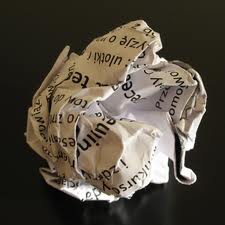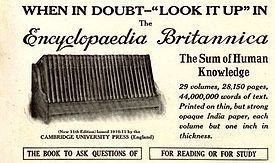I’m not sure how many people can cite a visit to their hairdresser’s as a useful source of intelligence. Yesterday I found myself sitting next to the doctor to the English Rugby Team (long straight hair, enviable vibrant red) who had just overheard a conversation in which I described my recent experiences of proof-reading and all of its ghastly pitfalls.
As a journalist friend pointed out to me last week over a G & T in Borough Market: “Jane, your spelling is awful.” (Actually, it’s my typing that’s the problem.) She went on to explain why aiming for perfection is important. “It’s all about trust. If readers see typos, they’ll assume the content is poor.”
There is a difficulty with proof-reading your own work. The brain is such a complex tool that it comes with its own ‘auto-correction’ function. We see what we intended to type, rather than the words that appear on the page. The same difficulty exists when proof-reading someone else’s work, albeit to a lesser extent. We are all familiar with the test paragraph that did the rounds on the internet:
‘I cdnuolt blveiee taht I cluod aulaclty uesdnatnrd waht I was rdgnieg.’
Rawlinson found as early as 1976 that randomising letters in the middle of words had little or no effect on the ability of skilled readers to understand the text. Indeed, one rapid reader noticed only four or five errors in an A4 page of muddled text. (There may be hope for me yet!) Further issues arise from the brain’s ability to overlook connecting words, such as ‘of,’ ‘can,’ and ‘but’. Conversely, the brain places too much emphasis on other words such as ‘because’, to the extent that complete garbage can appear after it and people will nod sagely, say ‘Ah!’

Back to the hairdresser’s, then… I had mentioned that I used two proof-readers for my recent novels and that neither doubled up on detecting mistakes. Personally, I found this fascinating and was expressing the gut-feeling that it had something to do left- hand/right-hand sides of the brain. The person sitting in the chair next to me agreed, contributing that the left-hand side of the brain is interested in shapes – including the order that letters appear in a word – while the right-hand side extracts meaning from language. Brains, rarely equally balanced, are likely to be stronger on one side that on the other.
What this means is that we need to employ tricks to befuddle the brain. Here are my tips:
- Change the appearance of the text: Alter the style of the font, the font size or the page size. This changes the patterns of the words, especially those that may have become over-familiar – especially if, like me, you do multiple edits. I find this particularly useful for identifying repetition.
- Print before your final proof: Reading from a hard copy uses a different part of the brain than reading from the computer screen, so different types of mistakes jump out at you. You also have a far greater tendency to skim-read on the computer or Kindle.
- Nothing triggers critical powers like seeing your book in print for the first time. Remember Neil Gaiman’s First Law: “Picking up your first copy of a book you wrote, if there’s one typo, it will be on the page that your new book falls open to the first time you pick it up.” Order a proof copy! (Gaiman’s Law applies equally to any blog on the subject of proof-reading.)
- Force your brain to slow down: Focus on one line at a time by covering the remainder of the text.
- Read out loud. This forces you to concentrate on every word.
- Whether slips of key, or using one word that sounds like another but has a completely different meaning (see Bill Bryson’s Troublesome Words), be aware of your most common mistakes and use the ‘find’ function to check them. I recently discovered that I have been mis-using the word ‘feint’ my entire life. (I blame feint ruled pads.)
- Similarly, look out for inconsistencies. If you adopt the rule that numbers less than 100 will be appear as words and numbers greater than 100 will appear as numerals, have you been consistent? Likewise, check for capitalisation, use of hyphens and UK v US spellings.
- Even with traditionally published books, mistakes are often grouped together. Your eyes are muscles. They will tire. As with physical exercise, the minute you become aware that you are losing form or are distracted, take a break.
- Unless absolutely necessary, refrain from re-tweaking. Each alteration has the potential to introduce more errors.
- If you can’t afford a professional proof-reader, there are various free text-to-speech software options such as http://www.naturalreaders.com/ or you may find that your e-reader comes equipped with a similar function.


